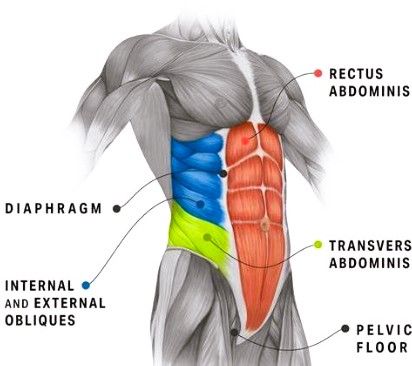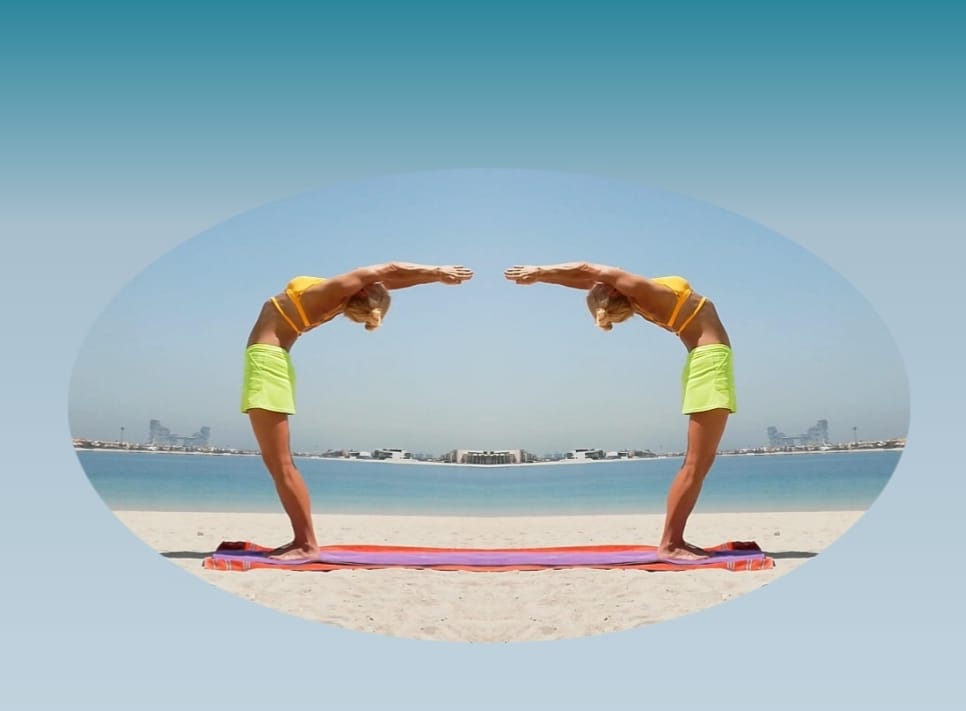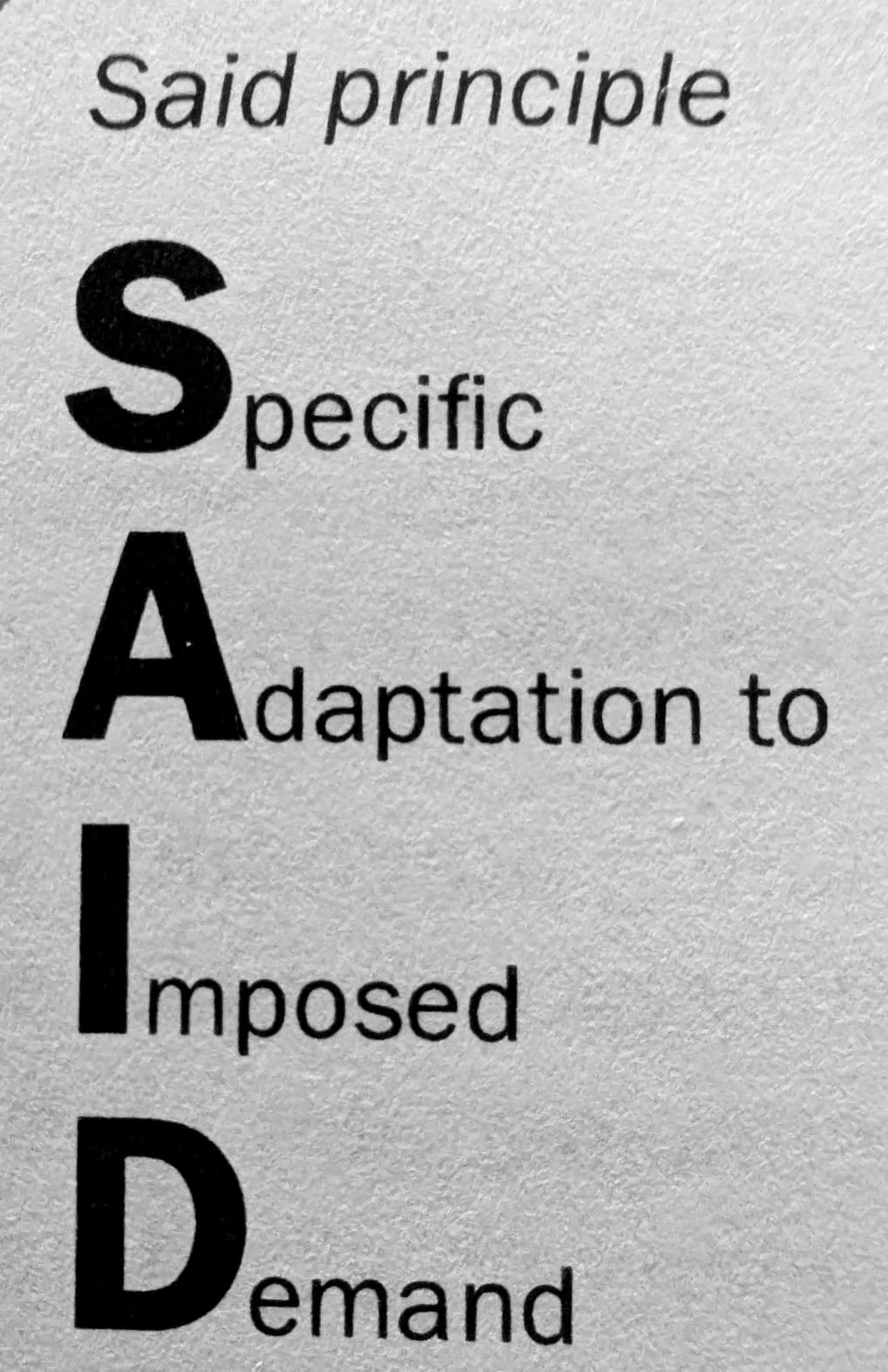Personal Website of Lana Harbers


Welcome to a space where holistic lifestyle meets the essence of modern science. Here we blend the best of contemporary science on fitness & with the wisdom of holistic traditions in Mind-Body-Spirit.
This is more than just a place—it’s an Integral Journey that helps you unlock and nurture the best version of yourself. With every step you will feel happier, stronger and calmer in your own body.
You are not just a visitor here; you are part of a community, moving together towards a life of balance, health, and fulfillment. So, step into this journey with us. Together, we’ll rise, evolve, and take life to a new level of well-being and possibility.

Welcome to a space where holistic lifestyle meets the essence of modern science. Here we blend the best of contemporary science on fitness & with the wisdom of holistic traditions in Mind-Body-Spirit.
This is more than just a place—it’s an Integral Journey that helps you unlock and nurture the best version of yourself. With every step you will feel happier, stronger and calmer in your own body.
You are not just a visitor here; you are part of a community, moving together towards a life of balance, health, and fulfillment. So, step into this journey with us. Together, we’ll rise, evolve, and take life to a new level of well-being and possibility.
Lana's Blog
What is a Holistic Eco-Life System? And how Holistic Coaching Supports this Journey?

Key Elements of a Holistic Eco-Life System:
1. Physical Well-Being
Prioritizing health through nutrition, exercise, rest, and mindful practices.
Creating sustainable habits that nurture the body.
2. Mental and Emotional Balance
Cultivating resilience through stress management, mindfulness, and positive thinking.
Nurturing relationships and emotional intelligence to build healthy connections.
3. Spiritual Growth
Connecting with a sense of purpose and aligning actions with values.
Exploring practices like meditation, gratitude, and self-reflection.
4. Environmental Inter-connectedness.
Living in harmony with nature & community by adopting eco-friendly practices.
Understanding the impact of personal choices on the planet and community, fostering sustainability.
5. Purposeful Living
Aligning career, hobbies, and passions with personal values.
Striving for fulfillment through meaningful contributions to the community.
Why is it Important?
A holistic eco-life system helps individuals:
Achieve a sense of balance and inner presence.
Build sustainable habits that benefit both personal well-being and the environment.
Navigate life's challenges with clarity and resilience.
Create a life that is fulfilling and aligned with their authentic self.
How to Create a Holistic Eco-Life System
1. Assess Your Life: Reflect on areas that feel out of balance.
2. Set Goals: Define what harmony looks like for you.
3. Start Small: Implement changes gradually, focusing on one area at a time.
4. Seek Guidance: Work with a holistic coach to personalize your approach and stay accountable.
5. Embrace Growth: Be open to learning and evolving as you discover what works best.
Join me in building your eco-system for a fulfilling life. Let’s start today!
Can I mix Yoga & Pilates with Weight Training?

- Can I mix Yoga & Pilates with Weight Training?
YES! and weight trainers have particular benefits to draw from Pilates. Many weight-training exercises tend to concentrate on isolated muscle groups, where the muscles "bulk up" over time. Pilates & Yoga simultaneously strengthens and lengthens your muscles uniformly, creating supple power.
Yoga & Pilates are low impact exercises, designed to help anyone return to the health they enjoyed when young and learn to move smoothly and confidently, with strong, uniformly developed muscles and calm, focused energy.
Combining High and Low impact exercises performed regularly only 4 times a week for just 3 months you will find your body development approaching the ideal, accompanied by renewed mental strength and spiritual enhancement.
Resistance & weight training is an important part of many fitness programs. In those workout techniques weights and machines resist the energy of the muscles to increase the workout benefits the muscles receive.
In Reformer Pilates, the equipment increases the workout benefits by teaching your muscles to become springs themselves. It is designed to facilitate people in doing movements they can't achieve without assistance. For instance, use the resistance of the springs to strengthen and "center" the body, integrating it into one powerful whole. As strength and stability builds over time the practitioner becomes capable to perform the wider range of fitness movements.
Today's Topic : Coronary Heart Disease

Instructor’s Tips:
Students with cardiovascular disease should receive permission from their physician to take yoga classes.
Some Ways to Reduce Cardiovascular Risk
- Stop smoking and reduce Caffeine
- If overweight go on a healthy, sensible weight loss program.
- Reduce elevated cholesterol and triglycerides by modifying the diet with less consumption of foods rich in saturated fat and cholesterol.
- Reduce the intake of highly salted foods.
- Rest qualitatively.
A special note on Deep Rest.
Deep rest is when you get to unplug and recover from the stress of the day. But further, it is when you spend time in a deeply relaxed receptive state, so that you are actually giving your body a chance for restorative activity. At the cellular level, that means 'housekeeping' activities that keep a cell healthy.
A healthy diet.
It should be reduced in fat and red meat with a good variety of fruits, vegetables, and whole grains. Remember to hydrate yourself well.
The Muscles You Need to Know: The Abdominals.


The Abdominals are made of 4 layers powerful, elastic, crisscrossing bands of muscles fibers that give the body both stability and mobility.
These muscles attach to ribcage and pelvis, and support internal organs, spine and pelvis.
This ever-important corset of abdominal support enables you to stand upright, to move your limbs, and to expel air when you exhale. Abs form the foundation of your body’s powerful midsection and are your Powerhouse.
The 4 Abs muscle groups are:
Rectus abdominis
Transversus abdominis
External obliques
Internal obliques
Rectus abdominis muscles run vertically up the front and enter of the body’s midsection.
They are the muscles that do crunches and when well-developed can give you that “Six-pack” so many people strive for. They primarily lift your body upright from a flat position but are not effective in spinal stability, breathing or organ support.
The External & Internal Obliques are the two outer layers of the Powerhouse. Their diagonally crisscrossing fibers enable you to twist, flex and bend as they support your organs and stabilize your spine and pelvis.
Transversus abdominis, the deepest layer of abs, consisting of horizontal fibers that encircle the entire torso. This layer attaches to the diaphragm muscle and is primary to healthy breathing, organ support, and spinal and pelvic stability.
Together, the Transversus and Obliques create the corset of power and support.
Interesting Facts:
When the body is well developed, the Transversus fires first to stabilize
the trunk before movement occurs. It is also the only abdominal muscle
that is involved in moving the torso in every direction. Thus, the transversus
is vital to your whole health and especially to long lasting bones and joints.
Powerful Abs support a strong, stable spine.
That’s why the fundamental movement skills of PILATES focus on developing these physical attributes.
The fundamental movement skills taught in Pilates add more years to your active, healthy life.
More on Fascia & How to Keep it Healthy.

Have you ever wondered why you can’t touch your toes? Or why your organs don’t knock around inside you when you jump rope? Have you ever wondered how your muscles stay attached to your bones? Or why you have cellulite? The answer to these under-the-radar questions about your body is your fascia (pronounced fah-sha).
Fascia takes many forms, from stretchy to stiff. It appears throughout the body, and because it’s so widespread, keeping your fascia healthy is essential.
In short, fascia is connective tissue. It surrounds body parts from organs to muscles to blood vessels. It can also be a tough part of the body on its own, like the thick plantar fascia that stabilizes the arch on the bottom of the foot.
Because fascia appears and connects throughout the body, you might think of it like a tablecloth. Tugging one corner can change the position of everything else on the table.
Unhealthy fascia can cause a host of problems.
When its unhealthy, fascia is sticky, clumpy, tight, and flaky. It forms restrictions, adhesions, and distortions (think: muscle knots).
What causes unhealthy fascia?
- poor posture
- dehydration
- overusing or injuring your muscles
- unhealthy eating habits
- poor sleep quality
- stress
- a sedentary lifestyle
How to improve your fascia health
Treating your fascia can take time, but the relief is instant. That doesn’t mean that your fascia will turn from unhealthy to 100 percent healthy right away.
DO YOGA REGULRLY!
Stretch for 10 minutes a day.
Do a mobility program like Yoga and foam rolling to roll out your tight spots.
Visit the sauna, especially after the gym.
Apply Cold Therapy.
Get your cardio on.
Get professional help
The Key Principles of Training.

1. Specificity
Any change or adaptation in the body's muscles, organs and systems will be very specific to the type of training (stress or stimulus) undertaken.
Exercises that develop and improve each component of fitness bring about specific adaptation (stretching exercises improve flexibility, they won't develop cardiovascular fitness; strength training improves muscular strength, but it won't improve cardiovascular fitness or flexibility).
Different types of exercise that improve the same component of fitness also have specific effects, for example:
- Strength training for the legs makes them stronger but won't make the upper body stronger.
- Swimming won't improve running ability or speed; there would be generalized improvements in the cardiorespiratory system but for specific and more effective results, we will need to practice the particular activity we want to develop.
- Stretching the hamstrings makes them more flexible but won't improve the flexibility of other muscle groups.
The training goals are essential when considering the appropriateness of specific type of exercise, e.g. are they aiming to improve general fitness or performance for a specific sport or event?
If fitness goals are specific, it will be important to consider:
- The predominant energy system and muscle fibre type used for the sport.
- The main prime movers recruited and joint actions required.
- The join angle and range of movement used.
- The type of muscle contraction (concentric/eccentric) and speed of movement.
Today's Topic: Fascia

Fascia (from Latin: A flat strip, band) is a thin layer of connective tissue covering, supporting, or connecting the muscles or inner organs or the body.
Tom Mayers is the author of "Anatomy Trains" and multiple supportive videos and articles.
Benefits of keeping fascia healthy
- improved body symmetry and alignment
- increased blood flow, which means faster exercise recovery
- reduced appearance of stretch marks and cellulite
- scar tissue breakdown
- reduced risk of injury
- less day-to-day pain
- improved sports performance
Your First Evaluation Session with Lana Harbers.

A well-rounded Fitness routine includes strength training, cardio, core and stretching.
We start with assessment and goals setting.
Whatever your goals are, it’s good to write them down and be aware of what you’re trying to accomplish.
Your goals should be realistically attainable.
Ideally, your very first session will be a personal one-on-one evaluation of you and your body. In that way, your coach can help ensure that your program will be able to meet your needs and goals. Instructor attention and assistance are critical for getting the most from your program.
An evaluation session includes a brief discussion of your present physical condition, your medical history applied to your training, your fitness needs and goals.
Your coach will give you a chance to ask questions, express concerns, and otherwise make yourself feel comfortable and acquainted with the instructor.
Your coach will take this opportunity to assess your body posture, condition, and alignment, and ask you any questions necessary to help better understand how to begin training you.
Your first session usually includes a workout, during which your coach can learn more about your body and the way it moves. It will help your instructor to devise a good program for you. The result of your first session should be that your leave feeling rejuvenated, taller, and excited about your newfound opportunity to develop and grow.


